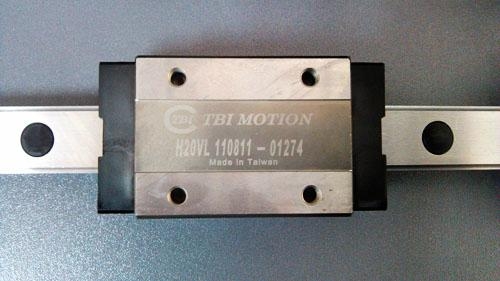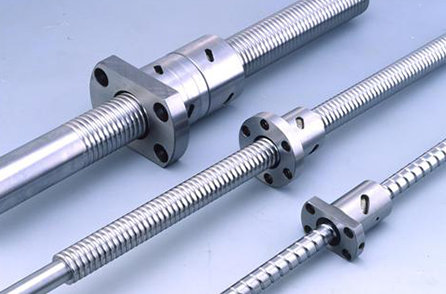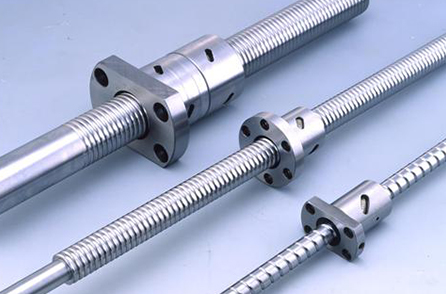新闻中心
共润科技为您介绍直线导轨热处理工艺
来源:http://www.jngongrun.com/ 日期:2021-07-30 发布人:
(一).退火的种类
(1) . type of annealing
1.完全退火与等温退火
1. Complete annealing and isothermal annealing
完全退火又称重结晶退火,通常称为退火,这种退火主要用于亚共析成分的各种碳钢和合金钢的铸,锻件及热轧型材,有时也会用于焊接结构。一般常用于一些不重要工件的热处理,或作为某些工件的预先热处理。
Complete annealing is also called crystallization annealing, which is usually called annealing. This annealing is mainly used for casting, forging and hot-rolled profiles of various carbon and alloy steels with hypoeutectoid composition, and sometimes for welded structures. It is generally used for the final heat treatment of some unimportant workpieces or as the pre heat treatment of some workpieces.
2.球化退火
2. Spheroidizing annealing
球化退火主要用于过共析的碳钢及合金工具钢(例如像制造刃具,量具,模具所用的钢种)。其主要目的在于降低硬度,改善切削加工性,为以后淬火作好准备。
Spheroidizing annealing is mainly used for hypereutectoid carbon steel and alloy tool steel (such as steel used for manufacturing cutting tools, measuring tools and molds). Its main purpose is to reduce hardness, improve machinability and prepare for future quenching.

3.去应力退火
3. Stress relief annealing
去应力退火又称低温退火(或高温回火),这种退火主要用来铸件,锻件,焊接件,热轧件,冷拉件等的残余应力。如果这些应力不予,将会引起钢件在一定时间以后,在随后的切削加工过程中产生变形或裂纹。
Stress relief annealing, also known as low temperature annealing (or high temperature tempering), is mainly used to eliminate the residual stress of castings, forgings, weldments, hot rolled parts, cold drawn parts, etc. If these stresses are not eliminated, deformation or cracks will occur in the subsequent cutting process after a certain time.
(二).淬火
(2) . quenching
为了提高直线导轨硬度采取的方法,主要形式是通过加热、保温、速冷。常用的冷却介质是盐水,水和油。盐水淬火的工件,容易得到较高的硬度与光洁表面,不容易产生淬不硬的软点,缺点是容易导致工件变形严重,甚发生开裂。而用油作淬火介质只适用于过冷,奥氏体的稳定性比一些合金钢或小尺寸的碳钢工件淬火效果较好。
In order to improve the hardness of linear guide rail, the main forms are heating, thermal insulation and rapid cooling. The common cooling media are brine, water and oil. The workpiece quenched by brine is easy to obtain high hardness and smooth surface, and it is not easy to produce soft spots that cannot be hardened. The disadvantage is that it is easy to cause serious deformation and even cracking of the workpiece. Using oil as quenching medium is only suitable for undercooling. The stability of austenite is better than that of some alloy steel or small-size carbon steel workpieces.
(三).回火
(3) . tempering
1.降低脆性,或减少内应力,钢件淬火后存在很大内应力和脆性,如不及时回火往往会使钢件发生变形甚是开裂状态。
1. Reduce brittleness and eliminate or reduce internal stress. Steel parts have great internal stress and brittleness after quenching. If they are not tempered in time, they will often deform or even crack.
2.获得工件所要求的机械性能,工件经淬火后硬度高而脆性大,为了满足各种工件的不同性能要求,通过适当回火的配合来调整其硬度,减小脆性,得到所需要的韧性,塑性。
2. Obtain the mechanical properties required by the workpiece. After quenching, the workpiece has high hardness and high brittleness. In order to meet the different performance requirements of various workpieces, adjust its hardness through appropriate tempering to reduce brittleness and obtain the required toughness and plasticity.
3.稳定工件尺寸
3. Stabilize workpiece size
4.对于退火难以软化的某些合金钢,在淬火(或正火)后一般采用高温回火,使钢中碳化物聚集,将硬度降低,而利于切削加工。
4. For some alloy steels that are difficult to soften after annealing, high temperature tempering is generally adopted after quenching (or normalizing), so as to gather carbides in the steel and reduce the hardness, which is conducive to cutting.
- 上一篇:直线导轨能在水多的环境中使用吗?
- 下一篇:导轨丝杠到底有什么用途?
 导轨丝杠:从设计结构...<>
导轨丝杠:从设计结构...<> 大型丝杠的性能设计介...<>
大型丝杠的性能设计介...<> 梯形丝杠和滚珠丝杠的...<>
梯形丝杠和滚珠丝杠的...<> 滚珠丝杆目前的行业的...<>
滚珠丝杆目前的行业的...<> 滚珠丝杠螺母油封更换...<>
滚珠丝杠螺母油封更换...<>
相关:



